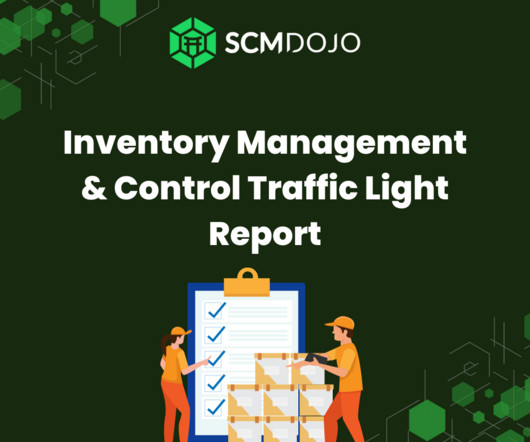How Mailroom Management Software Boosts Last Mile Logistics!
Supply Chain Game Changer
SEPTEMBER 16, 2021
Although every part of a parcel’s journey from source to recipient has experienced increased congestion in the past few years, last-mile logistics suffers the most. In early 2020, online shopping increased 74% and projections point to the surge continuing up to 200 billion packages annually by 2026.

























Let's personalize your content